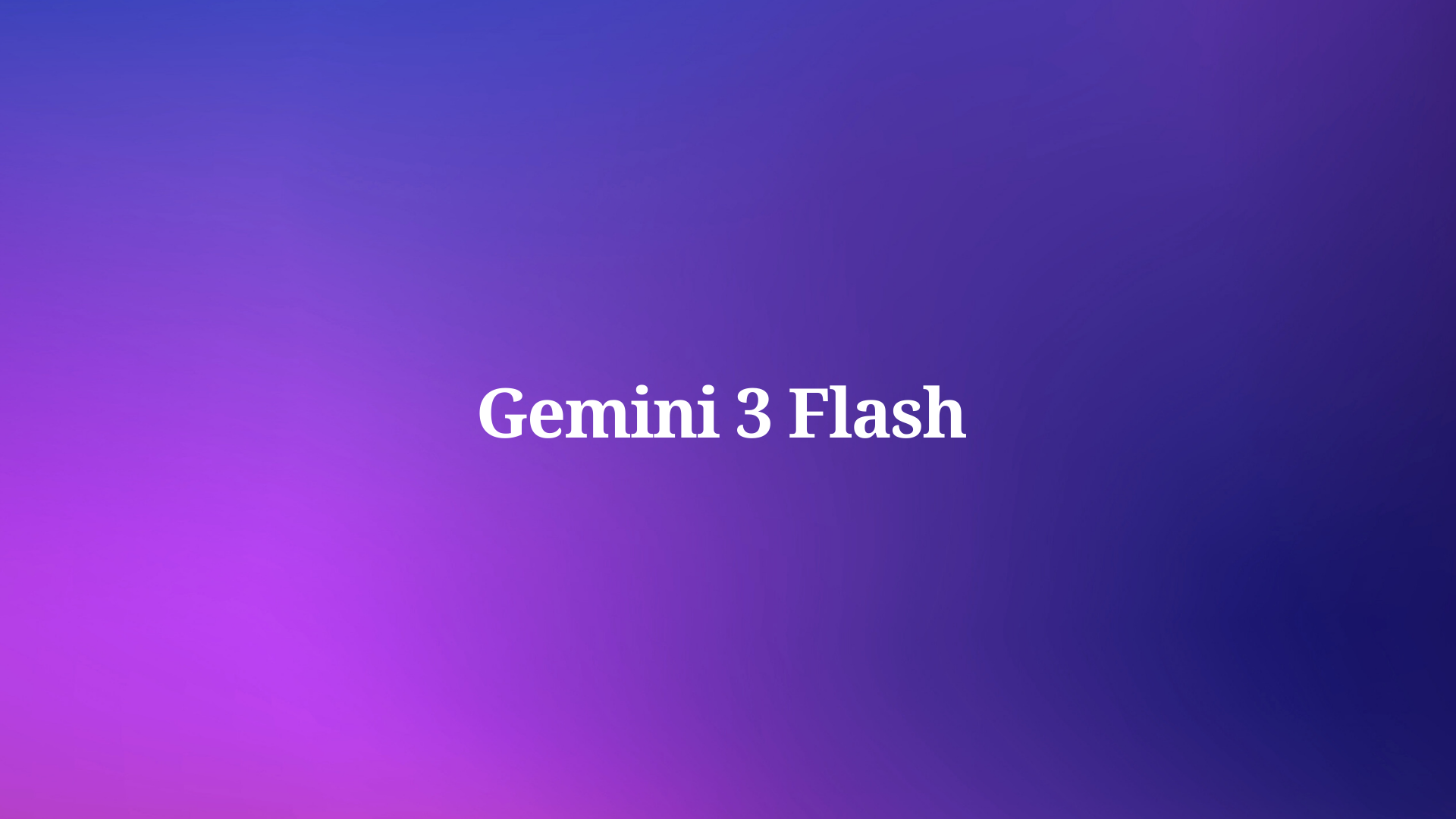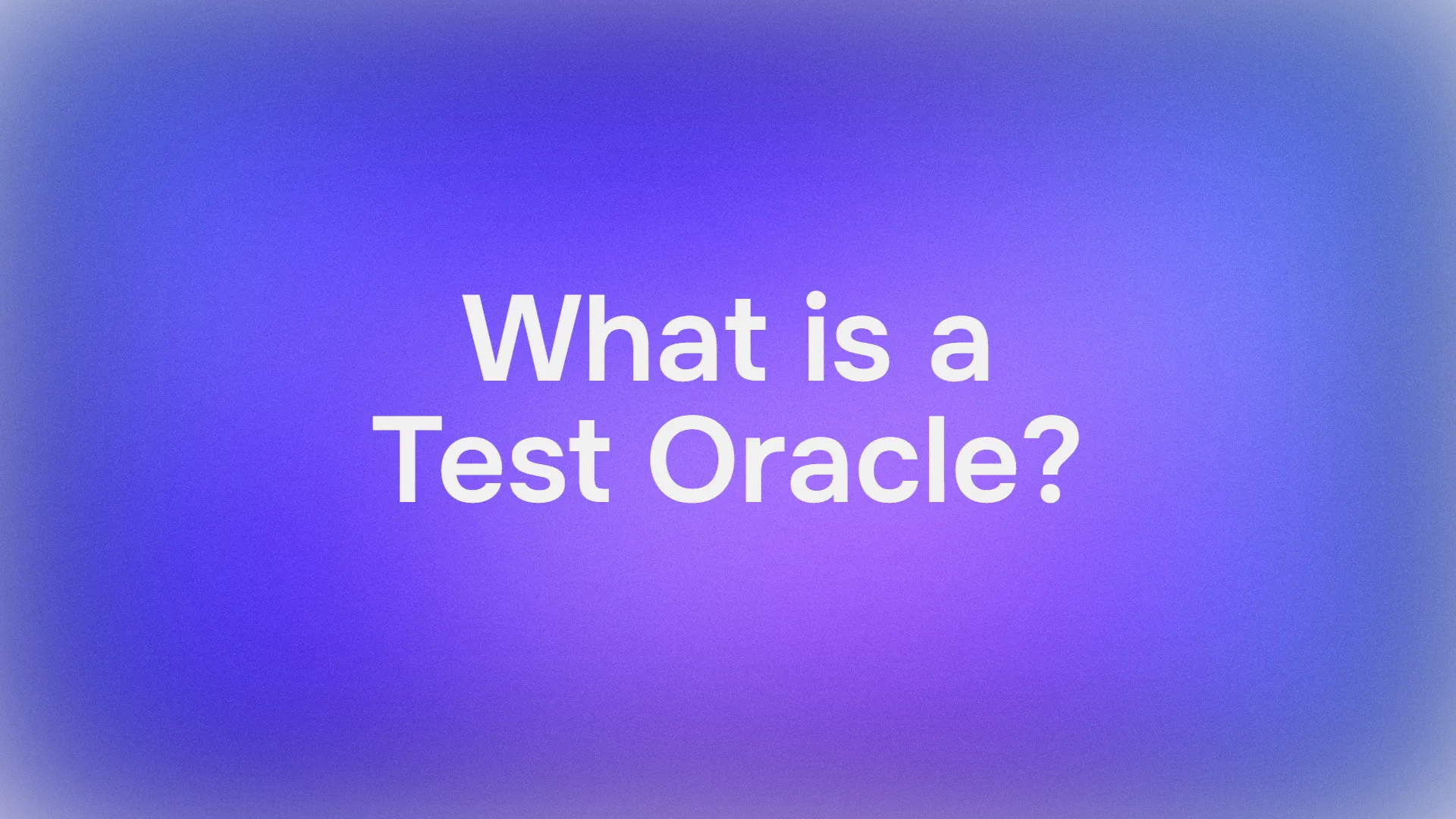OpenAI continues to set benchmarks with its innovative models. One of the most recent developments that has captured the attention of developers, researchers, and businesses alike is the significant price reduction of the O3 model, now 80% cheaper than its previous iteration. This blog post explores the implications of the updated O3 pricing, its impact on the AI community, and what it means for the future of AI development.
Want an integrated, All-in-One platform for your Developer Team to work together with maximum productivity?
Apidog delivers all your demands, and replaces Postman at a much more affordable price!
Understanding the O3 Pricing Update
OpenAI’s O3 model, renowned for its advanced reasoning capabilities, previously carried a hefty price tag that limited its adoption among smaller organizations and individual developers. The original pricing stood at $10 per million input tokens and $40 per million output tokens. However, with the recent update, these costs have dropped dramatically to $2 per million input tokens and $8 per million output tokens—a clear 80% reduction.

Breaking Down the New O3 Pricing Structure
The revised O3 pricing structure introduces several key changes that merit close examination:
- Input Tokens: Reduced from $10 to $2 per million, a savings that allows developers to feed more data into the model without escalating costs.
- Output Tokens: Dropped from $40 to $8 per million, making the generation of responses more cost-effective.
- Cached Input Discount: An additional perk offers a $0.50 per million token discount for cached inputs, leveraging previously processed data to further lower expenses.
This pricing adjustment positions O3 competitively against models like Google’s Gemini 2.5 Pro and Anthropic’s Claude 4 Sonnet. For instance, this comparison table highlights O3’s new rates alongside other models, showing it undercuts GPT-4o and aligns closely with more affordable options.

Technical Implications of the Price Cut
The reduction in O3 pricing does more than just lower costs—it alters how developers can utilize the model. With lower per-token rates, O3 becomes viable for high-volume tasks such as natural language processing (NLP), data analysis, and automated customer support. Furthermore, the cached input discount encourages the reuse of common queries, optimizing computational efficiency and reducing overall expenditure.
OpenAI’s documentation confirms that O3 retains its robust reasoning capabilities despite the price drop. This stability ensures that users do not sacrifice performance for affordability, a critical factor for enterprises relying on AI for mission-critical applications.
Competitive Analysis: O3 Pricing in the Market
The AI market thrives on competition, and OpenAI’s pricing strategy places O3 at the forefront of a potential price war. To understand its position, let’s compare O3 with its rivals.

Comparison with Gemini 2.5 Pro and Claude 4
O3 now matches Gemini 2.5 Pro’s per-token pricing while outperforming Claude 4 Sonnet Thinking in intelligence metrics. The cost to run the Artificial Analysis Intelligence Index dropped from an estimated $971 for Gemini 2.5 Pro to $390 for O3, showcasing significant savings. Claude 4 Opus, while powerful, remains eight times more expensive per token than the new O3 rates.
This shift forces competitors to reevaluate their pricing models. Google and Anthropic may need to respond with similar reductions to retain market share, especially as O3’s enhanced accessibility attracts a broader user base.
Impact on Smaller Developers and Startups
For smaller entities, the previous O3 pricing posed a barrier to entry. The 80% reduction removes this hurdle, enabling startups and independent developers to experiment with advanced reasoning models.
This democratization fosters innovation, as more individuals can now integrate O3 into projects ranging from educational tools to healthcare solutions, amplifying AI’s societal impact.
Technical Performance Post-Price Reduction
A common concern following a price cut is whether the model’s performance remains intact. OpenAI assures users that O3’s underlying architecture remains unchanged, but let’s explore the technical performance based on available data.
Benchmark Results and Efficiency
Independent evaluations, such as those from Artificial Analysis, indicate that O3 maintains its edge in reasoning tasks. The model’s output token usage, as shown in their intelligence index , remains efficient compared to verbose models like Gemini 2.5 Pro, though it exceeds Claude 4 Opus in verbosity. This balance suggests O3 strikes a practical compromise between cost and output quality.
Additionally, the introduction of a flex mode—charging $5 for input and $20 for output per million tokens—offers developers granular control over latency and cost. This feature caters to workloads requiring synchronous processing, enhancing O3’s versatility.
O3-Pro: The Next Evolution
Alongside the pricing update, OpenAI launched O3-Pro, an enhanced version available to ChatGPT Pro users and via the API. Priced at $20 per million input tokens and $80 per million output tokens , O3-Pro targets users needing deeper analysis, albeit at a higher cost. Its slower processing speed, reflects its focus on thorough reasoning rather than rapid responses.

The coexistence of O3 and O3-Pro allows OpenAI to cater to diverse needs, with the base O3 model benefiting from the 80% price drop while O3-Pro serves as a premium offering.

Strategic Implications for OpenAI and the Industry
OpenAI’s pricing strategy signals a long-term vision to dominate the AI market. By lowering O3 pricing, the company encourages widespread adoption, potentially increasing its user base and data collection for future model training.
Encouraging Experimentation
Sam Altman emphasizes excitement about what users will create with the cheaper O3. This move aligns with OpenAI’s mission to accelerate human scientific discovery, as lower costs enable more experiments in fields like coding and medical diagnosis.
Potential Price War
The pricing adjustment sparks discussions about a price war. While Google’s profitability and Anthropic’s backing give them leverage, OpenAI’s aggressive pricing could pressure competitors to follow suit, benefiting the broader AI ecosystem.
Practical Applications and Use Cases
The reduced O3 pricing opens doors to numerous applications. Developers can now deploy O3 in:
- Education: Creating intelligent tutoring systems that adapt to student needs.
- Healthcare: Analyzing patient data for diagnostic support at a fraction of the cost.
- Business: Automating customer service with nuanced, context-aware responses.
Cursor AI highlights O3’s potential in coding, where its reasoning capabilities enhance productivity. The affordability factor ensures these use cases scale effectively.
Challenges and Considerations
Despite the benefits, challenges remain. The higher token usage in reasoning tasks, means O3 can still become expensive for complex queries. Developers must optimize prompts to maximize value, a skill that requires time and expertise.
Additionally, ensuring O3-Pro’s slower processing aligns with user expectations will be crucial. OpenAI must address these technical nuances to maintain trust in its pricing model.

Conclusion: The Future of O3 Pricing
The 80% reduction in O3 pricing marks a pivotal moment in AI accessibility. OpenAI’s strategic pricing not only boosts adoption but also sets a precedent for the industry. As competitors respond and users explore new applications, the AI landscape will evolve rapidly. For developers, now is the time to leverage tools like Apidog to experiment with O3 and O3-Pro, unlocking innovative solutions across sectors.
Stay tuned for further updates as the market adjusts to this transformative change. The future of AI lies in affordable, powerful models like O3, and OpenAI is leading the charge.
Want an integrated, All-in-One platform for your Developer Team to work together with maximum productivity?
Apidog delivers all your demands, and replaces Postman at a much more affordable price!



